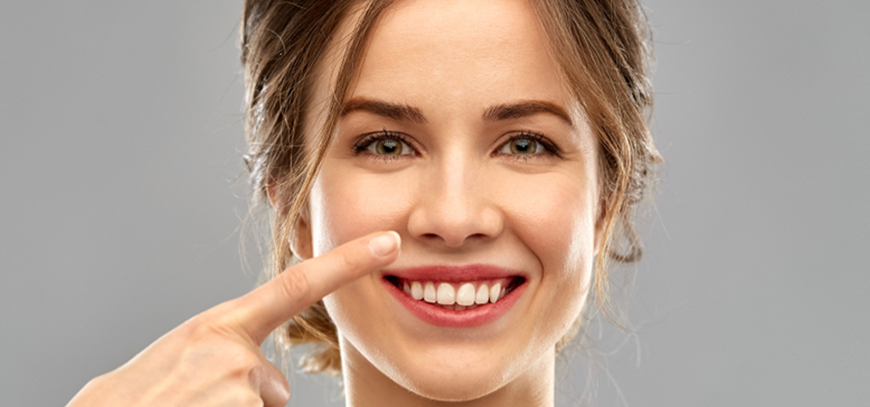Ask the Experts
RHINOPLASTY COSMETIC SURGERY

Rhinoplasty is performed to correct imperfections of the nose, such as, a nose hump, tip defects or wide nostrils. In these cases surgery is performed on the cartilage or the bone. The purpose of the surgery is to improve the shape or size of the nose. It is a recommended treatment for anyone who does not feel confident with their nose shape or size and ultimately with their face.
Septoplasty is usually done under general anesthesia. It takes 30 – 60 minutes. It can be performed with either the open or closed technique depending on the surgeon’s preference. The open version, as well as for the rhinoplasty, allows much greater visibility as well as makes the use of cartilage grafts much easier. Correct breathing re-establishes itself in a variable time which can generally be days or weeks.
Who can have rhinoplasty?
Female patients older than 16 years of age and male patients older than 18 years of age are eligible to undergo rhinoplasty. In aesthetic operations, physical characteristics, age, expectations, anatomical structure and existing health problems of the patient should be carefully evaluated and the appropriate method should be selected for the patient.
Types of rhinoplasty
Open Rhinoplasty
In open rhinoplasty surgery, the incision is applied to the area which is accepted as the middle pole of the nose. The nasal skin and then cartilage tissue are lifted from this incision site. Necessary procedures are performed depending on the nasal functions or disorders of the nose structure; cartilage tissue and skin are replaced back on the nasal middle pole again and the operation is completed by closing the incision. Open rhinoplasty is the preferred method of surgery because it provides a clear view of all structures and the best result during surgery.
Closed Rhinoplasty
Incisions are applied through the nostril and are not visible from the outside. Any swelling that develops will subside quicker after the closed rhinoplasty procedure.
Most people do not experience any pain after the procedure. Patients may experience slight bruising and tenderness after the surgery.
There is no surgery without any risk, but it is important to be operated by a surgeon who knows these risks well and can take precautions against them.
Sense of smell is not affected after the rhinoplasty surgery. Some patients may experience congestion and trouble smelling immediately after the surgery but this will go away.
